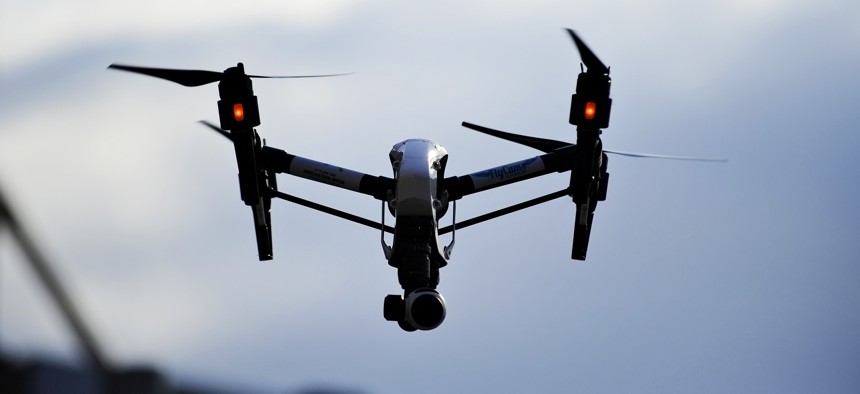sponsor content What's this?

Countering Unmanned Aircraft Systems Requires an Enterprise Integration Approach
Today's uncoordinated efforts and lack of a unified overall strategy are insufficient to counter the rapidly-evolving threat of unmanned aircraft systems.
Presented by
Booz Allen Hamilton

Unmanned aircraft systems (UASs) have quickly emerged as mainstay assets in the arsenals of many adversaries. Though the United States military has historically led many advancements in UAS technology, recently the rapid commercialization of these devices combined with their inexpensiveness, availability and versatility have allowed even the most poorly-resourced adversaries to acquire them. Due to their relative size, composite materials and quiet operation, traditional force protection measures often cannot detect UASs. These attributes and the variety of threats they can introduce have made UASs formidable obstacles for government and military organizations.
Worse, the UAS threat is rapidly evolving with technology. Due to the diverse nature of potential threats, most countermeasures being developed focus on specific scenarios, and as such they lack an overall unified joint strategy and often miss the complexity of the situation. Further, future advancements in UASs at home, including solutions to the threats they pose, may just wind up in enemy hands.
Such uncoordinated efforts are insufficient to address today’s threat landscape. A better approach is to develop a networked defense to not only detect and neutralize UAS hazards, but to exploit and respond to them, using an open systems architecture that can collect and analyze different types of data from many disparate sources. By adopting such an architecture, different departments and organizations can collaborate more effectively, innovate quicker and take advantage of new technologies, allowing them to better understand the threat, and create a wider aperture of potential responses.
It is clear the Department of Defense must undertake a more modern approach to UASs in order to improve the probability of mission success — one that requires enterprise-wide thinking, strategy and integration from the outset. With an enterprise integration approach, government and military organizations can more efficiently analyze data from a variety of different sources, and use that data to create and implement a multitude of scenarios. The UASs threat is vital, and our current capabilities are not addressing it effectively.
Read the thought piece to learn more about this topic.
Related Insights
Video: An Enterprise Integration Approach to Counter Unmanned Aircraft Systems (C-UAS)
Video: Identifying the Unmanned Aircraft Systems (UAS) threat landscape through machine learning
NEXT STORY: Preparing for Tomorrow's Threats



